Discover the perfect diamond earring size with our comprehensive guide. Learn about size charts, carat weight, face shape impact, and styling tips to make an informed choice.
Understanding the Importance of Size in Diamond Earrings
The size of diamond earrings plays a crucial role in their aesthetic appeal and comfort. Properly sized earrings enhance facial features and complement personal style, while oversized or undersized pieces may look out of place. Diamond size also influences perceived quality and value. Understanding how size relates to carat weight and millimeter measurements ensures a balanced look. Additionally, size impacts comfort, as overly large earrings can cause discomfort. Choosing the right size ensures a harmonious blend of beauty, practicality, and personal preference, making it a key consideration in selecting diamond earrings.
Understanding Diamond Earring Sizes and Carat Weight
Diamond earring sizes and carat weight are key factors in determining their beauty and value. Size refers to the diamond’s millimeter dimensions, while carat measures weight, impacting brilliance and cost.
Diamond Size Chart: Millimeter to Carat Conversion
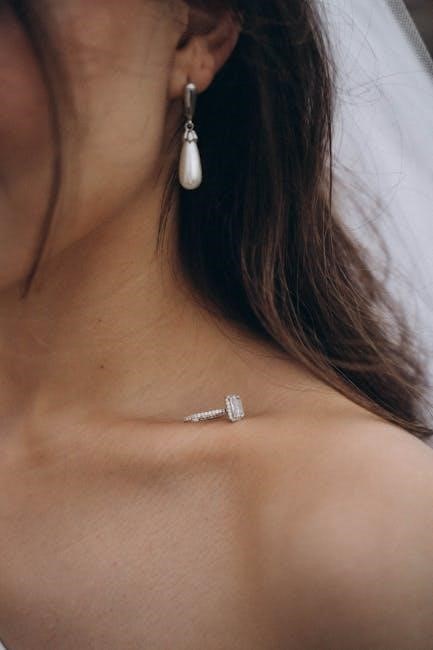
A diamond’s size is often measured in millimeters, while carat represents weight. Common sizes include:
| 3mm | 0.10 carats |
| 4mm | 0.25 carats |
| 5mm | 0.50 carats |
| 6mm | 0.75 carats |
| 7mm | 1.0 carat |
This chart helps match millimeter dimensions to carat weight, aiding in selecting the perfect diamond earring size for your preference and budget.
How Carat Weight Affects the Appearance of Diamond Earrings
Carat weight significantly impacts a diamond’s visibility and brilliance. Larger carat diamonds appear more striking, especially in settings like studs or hoops. However, carat weight alone doesn’t determine beauty; cut and clarity also influence sparkle. For instance, a 1-carat diamond with excellent cut may outshine a larger stone with poor cut. Balancing carat weight with other factors ensures a stunning appearance while fitting your budget and style preferences for diamond earrings.
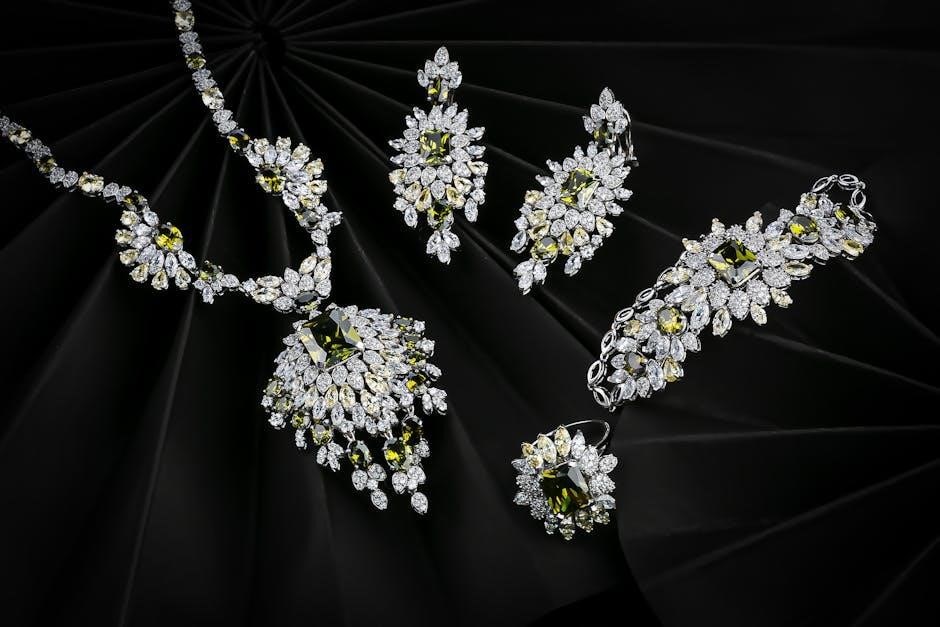
Factors to Consider When Choosing Diamond Earring Size
When selecting diamond earring size, consider face shape, personal style, budget, and intended use. These factors ensure a balanced, flattering choice that enhances your overall look.
Face Shape and Its Impact on Earring Size Selection
Your face shape significantly influences the ideal diamond earring size. Round faces are complemented by elongated styles, while oval faces suit versatile designs. Square faces benefit from soft, curved earrings, and heart-shaped faces look stunning with wider bases. Pear-shaped faces balance well with longer drops. Consider proportions to enhance your natural features and create harmony. The right size and style can flatter your face shape, ensuring a polished and elegant look tailored to you.
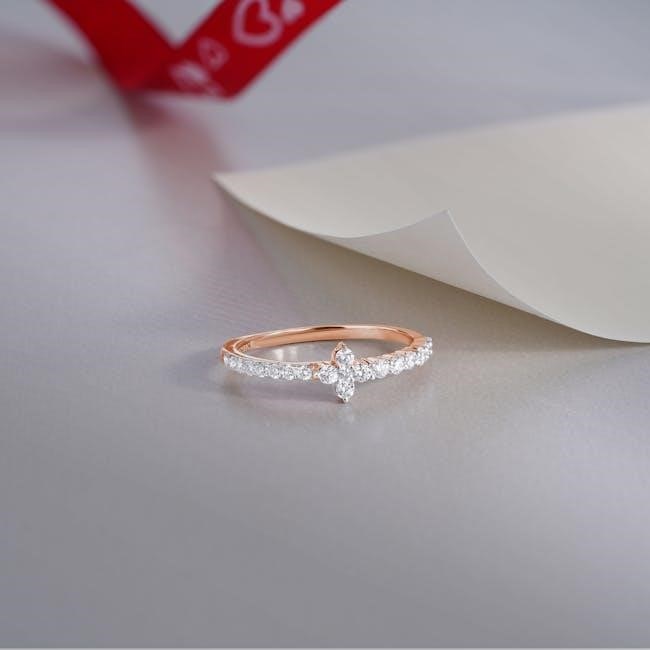
Style and Setting: How They Influence Perceived Size
Earring styles and settings significantly impact how diamond size is perceived. Prong settings maximize light exposure, making diamonds appear larger, while bezel settings create a more substantial look. Halo designs can enhance perceived size by framing the diamond with additional stones. Dangle and drop earrings elongate the silhouette, while studs emphasize the diamond’s natural brilliance. The setting’s design and style can amplify or balance the diamond’s size, ensuring a harmonious and visually appealing result tailored to individual preferences and desired aesthetics.
Budget and Value for Money: Balancing Size and Quality
Your budget plays a crucial role in choosing diamond earrings. Balancing size and quality ensures you get value for money. Lab-grown diamonds offer a cost-effective alternative, allowing larger or higher-quality stones within your budget. Prioritize factors like cut and clarity over size for sparkle. Consider combined carat weight for studs, as each earring’s size may be smaller. Investing wisely ensures you enjoy both beauty and durability without compromising on style or quality, making your purchase a smart and satisfying investment.
Popular Diamond Earring Styles and Their Size Ranges
Stud earrings range from 0.25 to 2 carats, while hoop earrings vary in diameter. Dangle earrings offer versatility in size, enhancing style and sparkle based on design.
Stud Earrings: Sizes and Settings
Stud earrings are timeless, ranging from 0.25 to 2 carats per earring. Settings like prong or bezel enhance security and brilliance. Smaller studs, 0.25-0.5 carats, suit delicate features, while larger ones, 1-2 carats, make bold statements. The setting impacts visibility; prong settings maximize light, while bezel settings offer a sleek, modern look. Pairing studs with outfits is effortless, making them versatile for both casual and formal wear. Proper sizing ensures comfort and a polished appearance, balancing style with practicality.
Hoop Earrings: Measuring and Selecting the Right Size
Hoop earrings vary in diameter, typically ranging from 10mm to 50mm. Smaller hoops, 10-20mm, are subtle and elegant, while larger sizes, 30mm and above, create a bold statement. Measure the inner diameter to ensure a snug fit without stretching the earlobe. Consider face shape: smaller hoops suit round faces, while longer faces can pull off larger sizes. Pairing hoops with outfits requires balance; smaller hoops work for formal attire, while larger hoops add flair to casual looks. Proper sizing ensures comfort and enhances the overall aesthetic appeal of the hoops.
Dangle and Drop Earrings: Size Considerations
Dangle and drop earrings add movement and elegance, with lengths varying from 1.5cm to 5cm or more. Shorter styles, 1.5-2.5cm, complement delicate features, while longer drops, above 3cm, create drama and elongate the face. Consider the wearer’s height; petite individuals may find shorter drops more flattering. Pairing with outfits requires balance—minimally decorated drops suit formal wear, while ornate styles enhance casual looks. Proper sizing ensures comfort and enhances the overall aesthetic, making dangle and drop earrings versatile for any occasion.
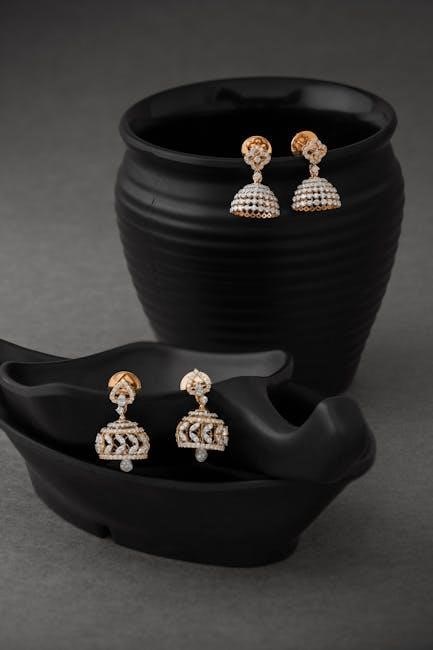
Measuring Diamond Earrings: A Step-by-Step Guide
Measure diamond earrings at home using a ruler or calipers. Note carat weight and dimensions. Consider face shape and style preferences. Consult a jeweler for precision.
How to Measure Diamond Earrings at Home
To measure diamond earrings at home, start by gathering a ruler or digital caliper. Measure the diamond’s width and height in millimeters. Note that carat weight reflects the diamond’s mass, not its physical size. Consider the earring’s setting, as it may add to the overall dimensions. For accuracy, measure across the diamond’s top and bottom. If unsure, consult a jeweler for professional assessment. This ensures precise sizing and a perfect fit, helping you choose the right style for your preferences.
Professional Measurement: When to Consult a Jeweler
Consulting a jeweler is essential for precise diamond earring measurements. They use specialized tools to accurately assess carat weight and dimensions, ensuring clarity and certification. Jewelers can verify the authenticity of diamonds and provide detailed reports, crucial for high-value pieces. Their expertise helps in selecting the right size and style, ensuring a perfect fit and maximizing the diamond’s brilliance. Professional measurement is recommended for intricate settings or large diamonds, guaranteeing accuracy and peace of mind for your investment.
Diamond Earring Settings and Their Impact on Size
Diamond earring settings significantly influence perceived size. Prong and bezel settings can enhance or minimize visibility, while the girdle’s thickness affects security and brilliance, shaping the overall appearance.
Prong vs. Bezel Settings: How They Affect Diamond Visibility
Prong settings expose more of the diamond, enhancing size and brilliance, while bezel settings encase the stone in metal, offering protection but potentially making it appear smaller. Prong settings allow maximum light interaction, maximizing sparkle, whereas bezel settings create a sleek, modern look but may reduce visibility. The choice between these settings depends on balancing aesthetics, security, and the desired visual impact. Both options highlight the diamond uniquely, but prong settings are often preferred for emphasizing size and brilliance.
The Role of the Girdle in Diamond Earring Settings
The girdle, the widest part of a diamond, plays a crucial role in its setting. A well-proportioned girdle ensures secure mounting, preventing damage or loss. In prong settings, the girdle is gently grasped by prongs, while in bezel settings, it is encircled by metal. A thicker girdle offers durability, while a thinner one maximizes brilliance. The girdle’s quality and proportion significantly impact the diamond’s appearance and security in earrings, making it essential to consider when selecting or designing a setting that balances aesthetics and protection effectively.
Styling Tips for Different Diamond Earring Sizes
Enhance your look by pairing diamond earring sizes with outfits and occasions. Smaller earrings suit everyday wear, while larger ones make a bold statement for events.
Pairing Earrings with Outfits: Size and Style Coordination
Diamond earrings can elevate any outfit when paired thoughtfully. Smaller studs or hoops complement minimalist looks, while larger drop earrings make a statement for formal events. Consider your face shape and personal style to balance proportions. For everyday wear, delicate designs blend seamlessly, while bold styles add glamour to evening attire. Layering smaller earrings with larger ones creates a trendy, personalized look. Match the earring style to your neckline and hairstyle for a polished appearance. Coordination ensures your diamonds shine in harmony with your outfit.
Layering Earrings: Combining Different Sizes and Styles
Layering diamond earrings offers a modern way to express personal style. Combine smaller studs with larger hoops or drops for a trendy look. Mix delicate designs with bold pieces to create contrast and visual interest. Start with a base earring, like a simple stud, and add others for dimension. Balance proportions by pairing smaller earrings with larger ones. This technique allows you to customize your look, adding sparkle and sophistication to any outfit. Experiment with styles to find a combination that reflects your personality and complements your wardrobe.
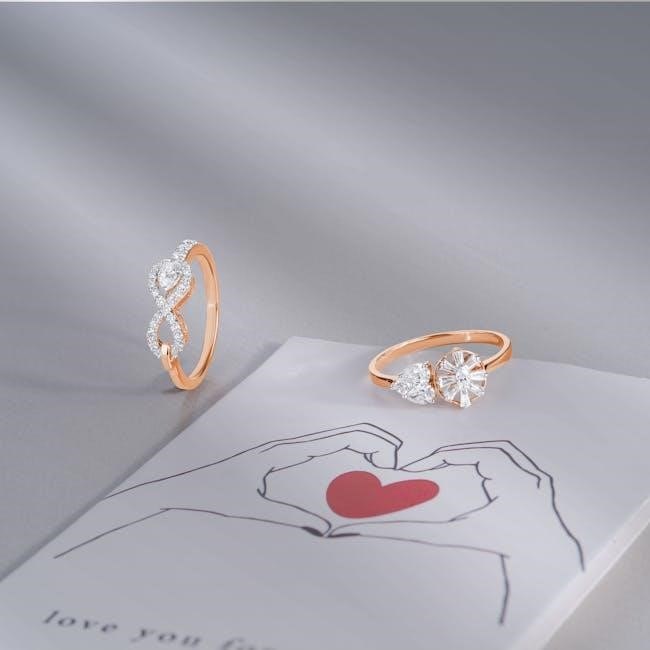
Budget-Friendly Tips for Buying Diamond Earrings

Explore smaller carats, lab-grown diamonds, and simple settings to save. Shop during promotions and prioritize quality over size for timeless elegance within your budget.
Lab-Grown Diamonds: A Cost-Effective Alternative
Lab-grown diamonds offer a budget-friendly option without compromising quality. Produced in controlled environments, they replicate natural diamonds’ brilliance and durability. With fewer inclusions and better clarity, they provide exceptional value. Their lower cost allows you to prioritize size or quality, ensuring affordability while maintaining elegance. This sustainable choice is perfect for those seeking stunning diamond earrings within a budget, offering the same sparkle and luxury at a fraction of the price of mined diamonds.
Optimizing Sparkle for Your Budget: Size vs. Quality
When balancing size and quality, consider prioritizing cut and clarity for maximum sparkle. A smaller, well-cut diamond often outshines a larger, poorly cut one. Lab-grown diamonds offer exceptional value, providing higher clarity and fewer inclusions at a lower cost. Focus on certifications like GIA or IGI to ensure authenticity and quality. By optimizing these factors, you can achieve stunning brilliance without exceeding your budget, making your diamond earrings both dazzling and affordable.
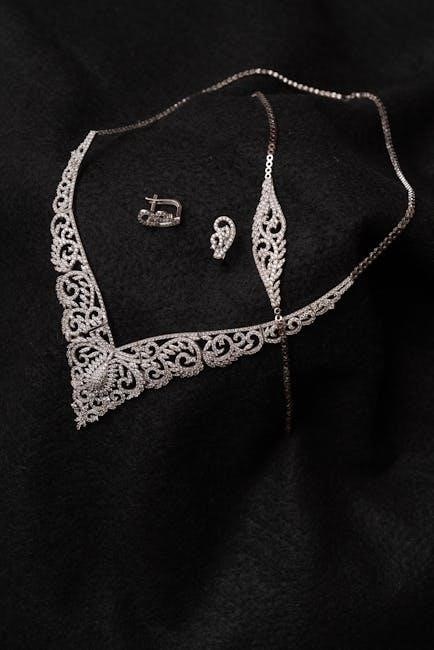
Certification and Authentication of Diamond Earrings
Certification is crucial for verifying diamond authenticity. Look for GIA or IGI reports, ensuring your diamonds meet quality standards. These documents detail carat, clarity, and cut, guaranteeing transparency and value.
Why Certification is Crucial for Diamond Earrings
Certification ensures authenticity and quality, providing detailed reports on carat, clarity, and cut. It verifies the gemstone’s natural origin and value, protecting your investment. Trusted labs like GIA and IGI offer unbiased assessments, confirming the gem’s characteristics. Without certification, the diamond’s authenticity and value remain uncertain. Always request certification papers to ensure transparency and confidence in your purchase, safeguarding your investment in diamond earrings.
How to Read and Understand Diamond Certification Papers
Diamond certification papers provide detailed information about the gemstone’s characteristics. Start by locating the report number and verifying it with the issuing lab. Review the 4Cs: carat weight, clarity, color, and cut. Check the measurements and proportions, ensuring they align with your earring’s size. Look for comments on fluorescence and other notable features. finally, verify the report’s authenticity by cross-referencing with the lab’s database. This ensures your diamond earrings meet your expectations and investment value;
Selecting the ideal diamond earring size involves balancing style, budget, and personal preference. Consider face shape, lifestyle, and setting type to ensure a flattering fit. Whether you prefer subtle studs or bold hoops, prioritize quality and certification for long-term value. Seek professional advice if unsure, and remember, the right size enhances both beauty and comfort. With careful consideration, you’ll find diamond earrings that elevate your look and last a lifetime.